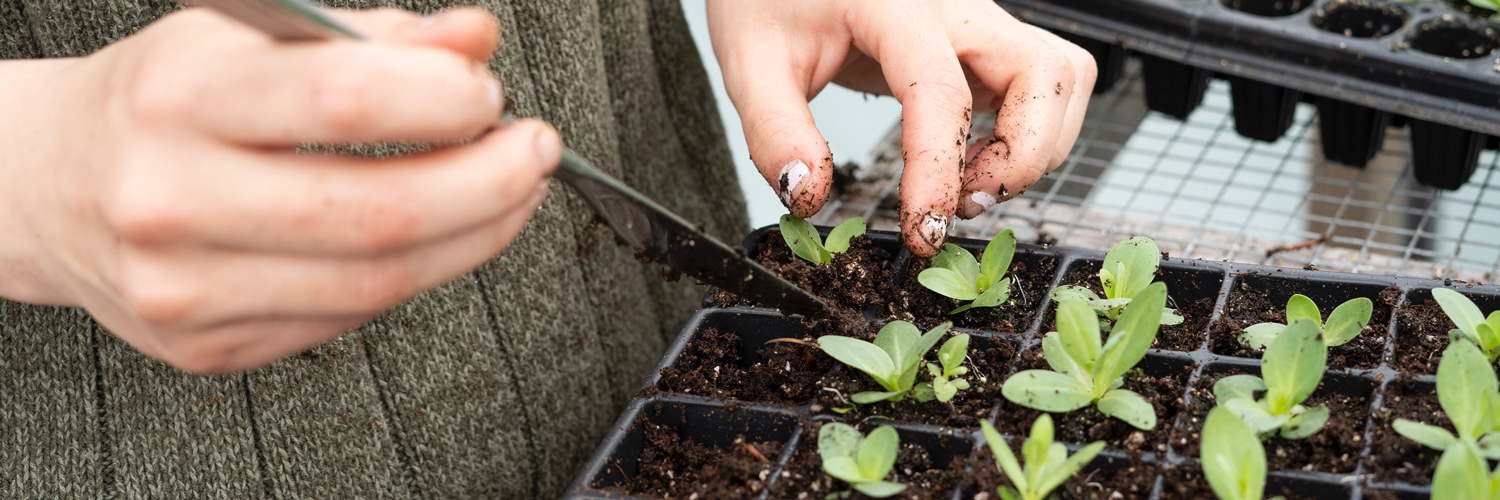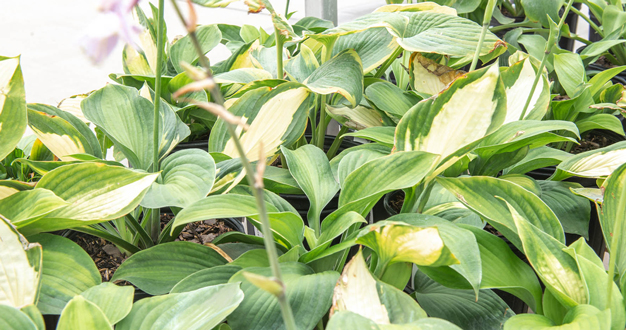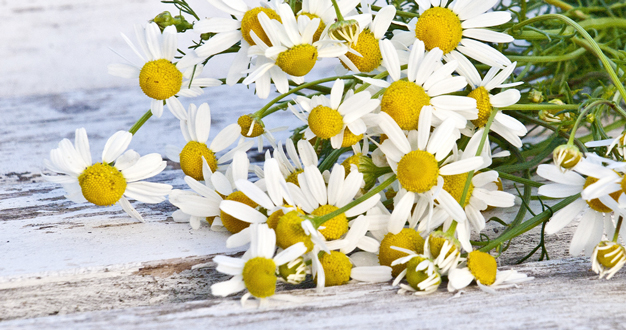
Late summer is a great time to plant a second round of vegetables to extend your harvest into the fall. But starting a fall garden is a little different than in the spring. Here, we share some of our best tips for planting a successful fall edition to this year’s vegetable garden.
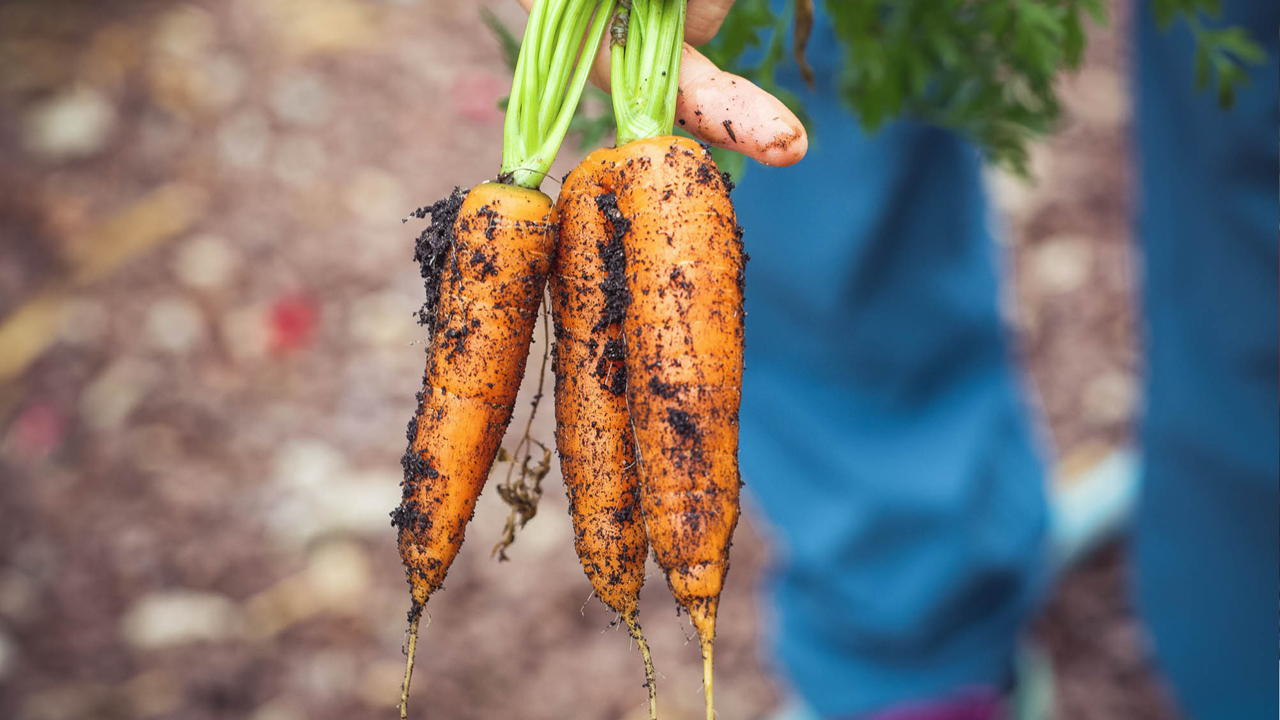
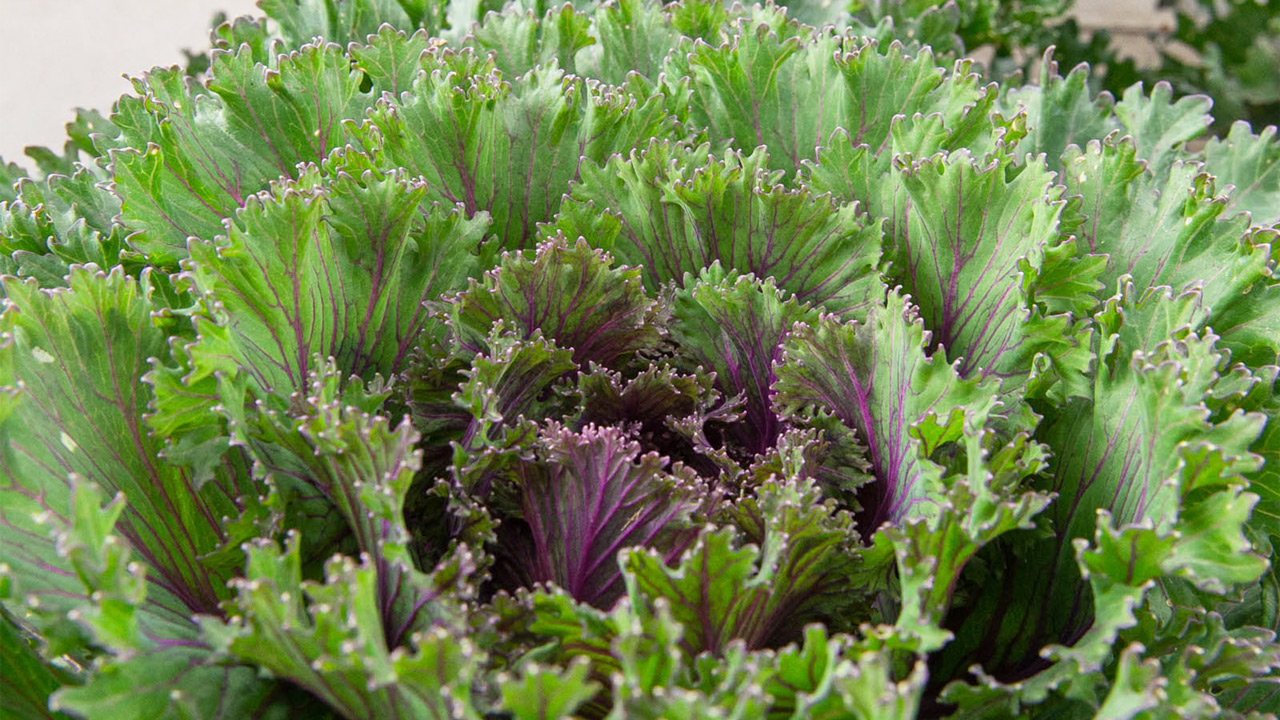
The Best Fall Crops
Vegetables that work best for a fall garden tend to like longer, warmer days as seedlings but thrive in cooler, shorter days as they reach maturity. And in the Midwest, the ideal fall crop takes relatively fewer days to reach maturity, going from seed to harvest before freezing weather arrives.
Cole crops – cabbage and its relatives – are perfect candidates. These include Brussels sprouts, cauliflower, broccoli, and kale. Root vegetables like radishes, carrots, and beets are also great choices, as well as lettuce and some of the faster growing herbs like basil, cilantro, and dill.
But, although these vegetables tolerate cool temperatures, some tender plants like basil and bush beans succumb immediately to the first hint at frost. Others – such as leaf lettuce, spinach, cilantro, and turnips – can tolerate a light frost or two. And more cold-tolerant crops like kale, cabbage, Brussels sprouts, and radishes can even withstand below-freezing temperatures for a time. These differences will play a factor in deciding your seed-starting dates.

When to Start Fall Seeds
To calculate when to plant seeds for a fall garden, you’ll want to factor in three basic numbers. First, count back the “days to maturity” – found on the seed packet – from the average first frost date of the season. In our area, that’s October 12. Then, add in a “fall factor” of about 10-14 days, which takes into consideration the plants’ slower growth during the shorter, cooler days of fall. And finally, allow yourself a little extra time to harvest before cold weather ends production. For tender crops like basil or bush beans, you might add another 10-14 days, but if the crop is quite cold-tolerant – like kale – you can shorten that harvest allowance or even eliminate it altogether.
So, in short:
Days to Maturity (found on the seed packet) + Fall Factor (10-14 days) + Harvest Period (0-14 days) = The number of days to count back from the average first frost date (October 12).

Transplanting vs. Sowing Directly
Seeds need warm soil for germination, but when the soil is too hot, it can reduce the germination rate. To counter this, you can start your fall garden seeds in trays and cups kept indoors or in a shaded area outside. Once the new seedlings have gained some strength, they can be transplanted into the garden. This is a good approach for cole crops and head lettuces.
For vegetables that either don’t mind very warm soil or don’t transplant very successfully, their seeds can be sown directly in the garden. These include carrots, beets, leaf lettuces, and radishes.
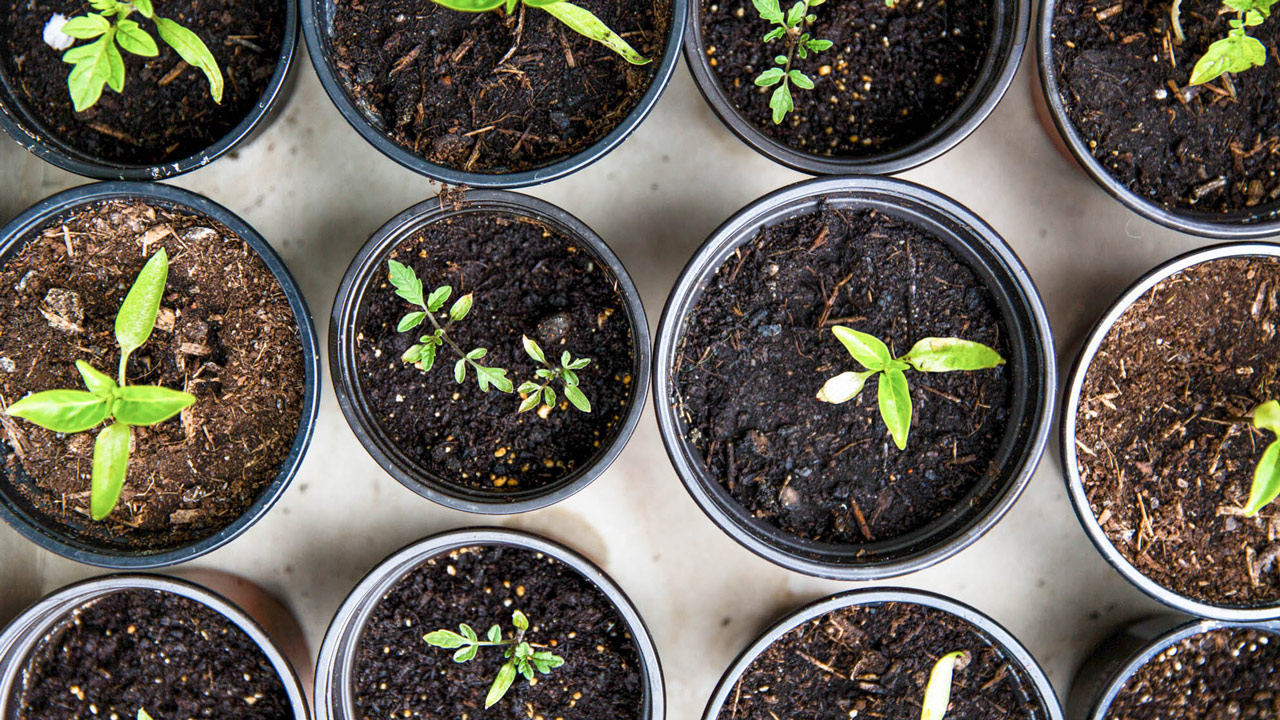
How to Start Seeds Indoors
When starting seeds indoors, the main things to remember are: 1) use small containers to start, 2) keep the soil moisture consistent and with good drainage, and 3) repot the seedlings into larger containers to let them grow a little more before planting them in the garden. Here, we offer more tips as we summarize the method used by our friends at The Big Garden.
- Start with small containers. The Big Garden starts their seeds in plug trays – special plastic trays made of small cells holding small amounts of soil. Other options might be small yogurt cups or a shallow flat plastic tray with holes drilled in the bottom for drainage.
- Use seedling-friendly potting mix. Light and airy germination mix is specially formulated for tender new roots. All-purpose potting mix is fine too, but stay away from heavy, clay-based soils like what you might find outside.
- Fill the tray or containers with potting mix. The mix should be moistened enough that you can make a ball when you squeeze it but still remain crumbly and airy too. Gently pat the filled containers to remove any air pockets, being careful not to compact the soil.
- Sow the seeds. Most seeds hardly need to be buried, but it’s a good idea to check the seed packet for the recommended planting depth. In many cases, you’ll only make a small indentation in the soil with your finger, drop a seed in the middle, and cover it with a bit of potting mix.
- Water gently. Once all the seeds are planted, carefully water the tray or containers to settle the seeds but not move them.
- Set the containers in a protected spot and keep the soil moist. Indoors, choose a spot with as much direct light as possible. Outdoors, start with a shady spot so the soil stays cooler for germination.
- Thin the seedlings. After the seeds germinate, remove extra seedlings so only one grows in each cell or the seedlings are about ½ inch apart. At this point, it’s also a good idea to move the seedlings to a sunnier spot, especially if they’re stretching for light.
- Transplant the seedlings to larger containers. Once they’ve shown their first true leaves – following the initial cotyledons – move each seedling to a 2” grow pot or another container with drainage. Use regular, all-purpose potting mix for this step, then let the seedlings continue to grow.
- Move them to the garden when you’re ready. After planting your seedlings in the ground, be sure to water regularly for the first few weeks as they get established.
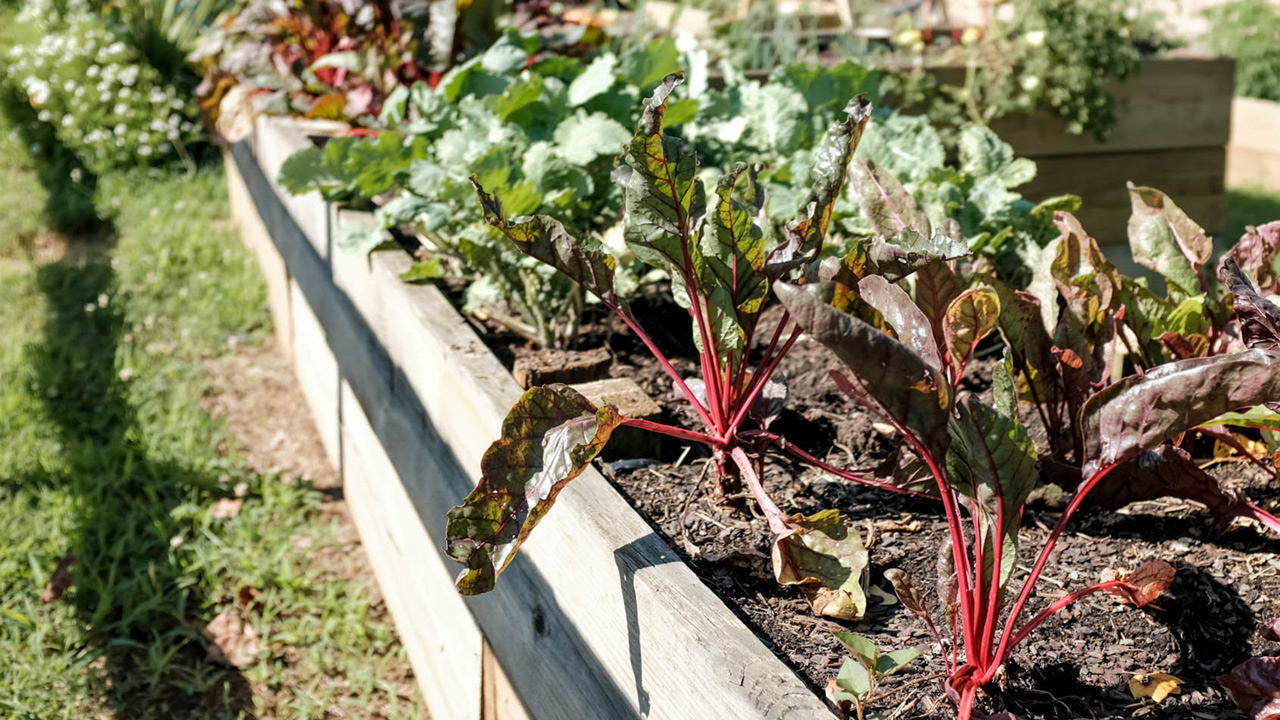
Enjoy a Second Crop This Season
For many of our favorite vegetables, there’s still plenty of time left in the growing season to enjoy another delicious crop. This year, we hope you’ll give a fall garden a try and continue to enjoy fresh, homegrown vegetables for the next several months. And if questions pop up or you need suggestions, let us know. We’re here at the store or just a phone call away.

